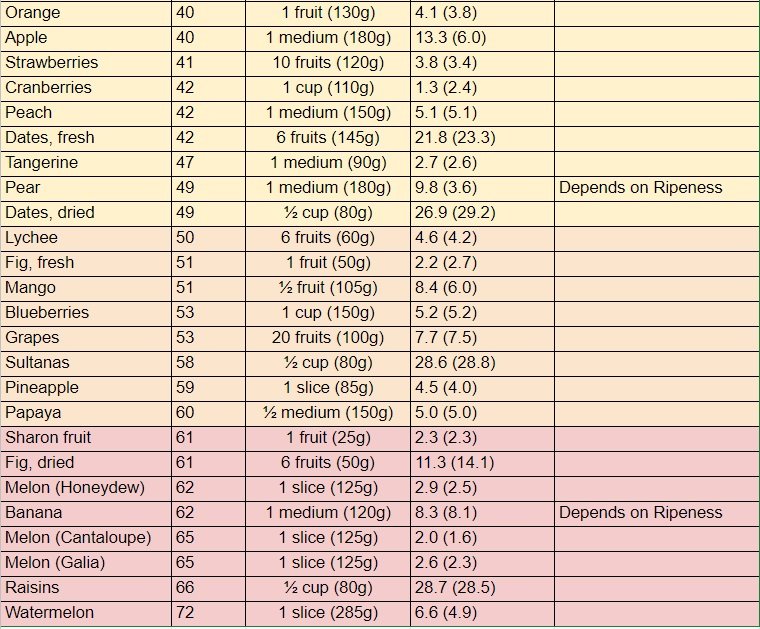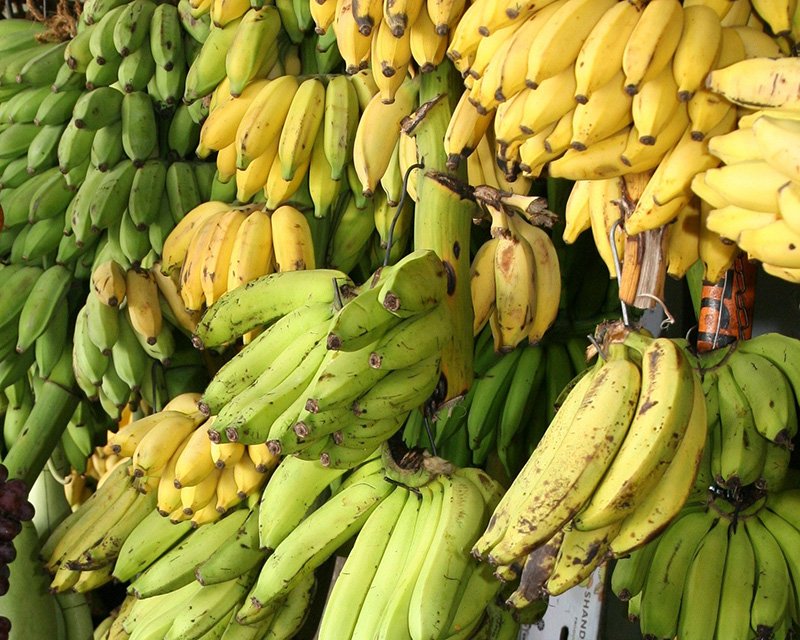
Can Diabetics Eat Fruit? What is GI Index of Fruit?
Can diabetics eat fruit? Many diabetics worry about blood sugar fluctuations, be wary of many foods, and even dare not eat more fruits. It is true that some fruits have high sweetness, and eating them will have a great impact on blood sugar control. It is not suitable to eat too much, but what is the criterion for judging? Can diabetics eat fruit? What is the GI value of fruit? Can eating those fruits help control blood sugar? Let us tell you our experience. Among the daily intake of food, fruits of various colors can bring various vitamins to the human body, especially important dietary fiber, as well as nutrients such as anti-oxidation, anti-inflammation, and immune regulation, which are beneficial to the body.
It is recommended that diabetic patients consume fresh fruits everyday, to achieve a balanced daily diet, control and reduce the risk of complications. In fact, the key factor that fruit really affects blood sugar level is the glycemic index GI value (Glycemic Index). GI is the effect of various foods that raise blood sugar. After eating foods with high GI value, it is easy to turn into blood sugar, which will quickly raise blood sugar. At this time, the pancreas in the body must work harder to lower blood sugar, which disturbs blood sugar stability, and even causes abnormal insulin release, which accelerates the deterioration of diabetes.
It is not true that diabetics cannot eat fruits, but should prioritize fruits with low GI. Usually, the GI value of food with high dietary fiber is usually low, because the digestion process will be relatively slow. Bear this in mind that fruit with low dietary fiber, processed into fruit juice, and high GI should not even touch them. In the same way, if you are diabetics who have insufficient insulin secretion and poor blood sugar control, you better eat slowly and chew the food thoroughly. Otherwise, it will easily cause insulin secretion disorders, and it is not conducive to maintaining blood sugar stable levels.
The timing to eat fruit is also important. You better eat fruit after meals. And if you want to eat fruits, you better reduce the quantity of carbohydrates in your meals. You should not eat fruit between meals, because you will incur your pancreas to work again. The less burden on your pancreas, the more stable your sugar level is. If the frequency of fluctuation of sugar level is high, the complication of diabetes is more likely to occur.
Take a look at the list of fruits suitable for diabetics to enjoy delicious fruits without fear of high blood sugar!


Diabetics must remember not to let food cause blood sugar fluctuations. It is the truth that you can absorb a lot of vitamins, dietary fiber, minerals and other nutrients from fruits, but you should also consider the fruit that spikes your sugar level. Because most popular fruits like watermelon, mango and lychee are sweet. Diabetics should not eat too much, so as to avoid the rapid rise of blood sugar and the easy imbalance of pancreatic insulin secretion. At this time, you can consider whether you should eat it based on factors such as the GI value and dietary fiber in the food.
The fruits in the above table, such as guava, passion fruit, and avocado, are not high in sugar, but also rich in dietary fiber and vitamins. Moderate intake can help food to be absorbed slowly and help control blood sugar. No matter how, all fruit contains fructose. If you eat too much, your sugar level will still rise. However, watermelon, longan, lychee, etc. are low in dietary fiber and high in sugar, which are not good for lowering blood sugar, so they should be avoided. If you really want to eat, just take a little bite! Also, the GI value of the above table is just for reference, and it is not absolute. Say, Guava is low GI, but there is Guava in pink colour which is very sweet. Say, a banana with green colour is not ripe enough to turn into a lot of fructose. You may consider trying a little, or maybe half. Pear is also risky, if you eat the freshly picked, they are not so sweet, and you may think they are low fructose. However, if the ripeness is long, the fructose content is crazily high.

In addition, the GI value of the fruit will vary with the place of origin and maturity. Fruits from Taiwan and Japan usually have high sugar content. It is because they have a special method to cultivate the fruit to become sweeter. Moreover, the GI value of fruits will become higher and higher during the ripening process, so overripe and too soft fruits will easily increase blood sugar. For example, if diabetics eat ripe bananas, their blood sugar will rise higher than green bananas.
Book Recommendation
a













